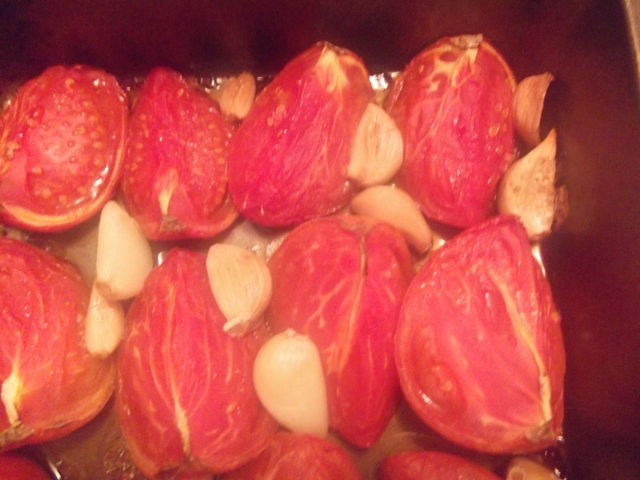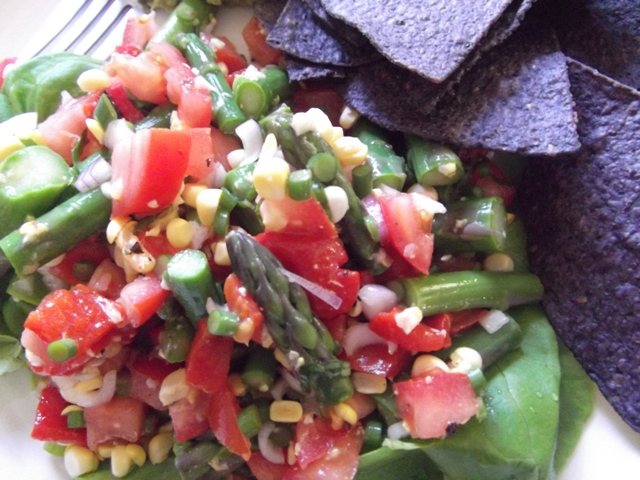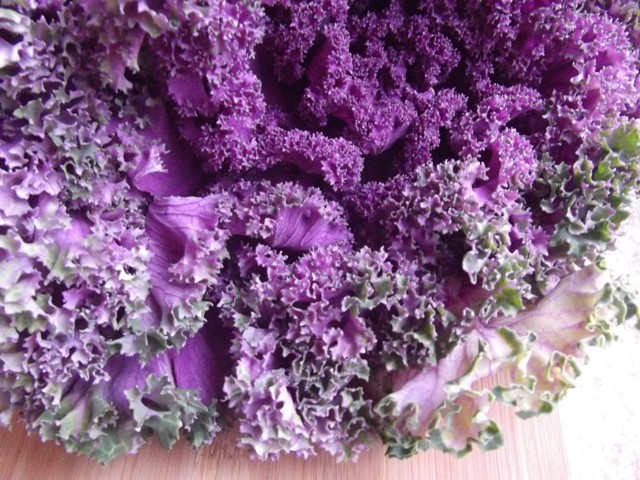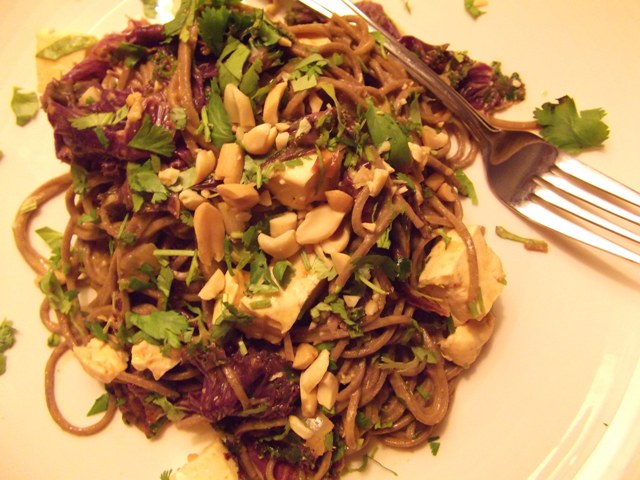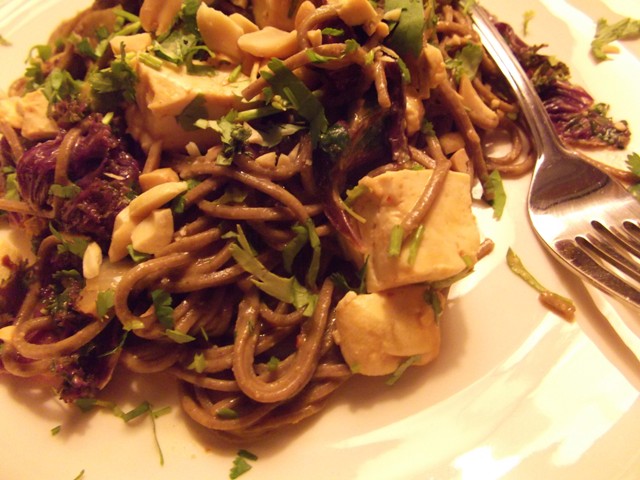By Friday, I was coasting on fumes. There’s a phenomenon called “the let-down effect,” wherein after a period of stress, your body just sort of gives up and gives in. I find myself most productive under a certain amount of stress – I can go and go and go and make and think and do, but I have a hard time prioritizing, like, basic human needs and so by the end of this past particularly demanding season, I was dehydrated and overtired and on antibiotics and just sort of crashed. (I know that this is problematic, and that claiming stress is integral to my success or whatever is akin to perpetuating this un-ideal, but that’s a topic for another time.)
When I was finally feeling better, “carrot soup” was just the thing.
A better parent might be more upfront about things, but I am the tired wrangler of a very opinionated six-year-old. He thinks the soup is made of carrots, but it’s made of vegetables and he eats it, so I don’t correct him. He thinks he hates squash, and I’d rather he eat the soup he likes than take a stand against it, which he would, because he is as stubborn as a mule and his mother.
This is his favourite soup, and my go-to feel-better soup. It tastes a little bit Vietnamese, and it’s made with kabocha squash, also known as Japanese pumpkin, which you can buy pretty cheaply almost anywhere in the fall and winter. I buy a few at a time and keep them on the porch; they’re fine for a couple of months if kept cool and dry. Kabocha squash tastes a bit sweeter than butternut squash, and is a great source of nutrients and fibre – roasting it brings out the sweetness, and is important to the flavour of this soup. You can roast it ahead of time if you like; it will keep in the fridge for a couple of days once cooked.
Tips
Coconut cream can be on the pricey side as it’s often stocked in the supermarket aisle where cocktail mixes are sold, but you can buy it fairly inexpensively at Trader Joe’s; I get mine for around two dollars a can at Fruiticana in Vancouver, but any Southeast Asian or Indian market will have cans of coconut cream at a reasonable price.
Serve with a wedge of fresh lime, your favourite hot sauce, a handful of chopped scallions, and a few dots of sesame oil, if you like. Bread with too much butter is also a nice accompaniment, but I feel like that, from me, may be a bit redundant by now.
 Roasted pumpkin soup
Roasted pumpkin soup
(Makes four servings.)
- 1 kabocha squash
- 2 tbsp. olive or coconut oil
- 1 onion, diced
- 1 stalk lemongrass, trimmed, white and light yellow inner parts only, thinly sliced
- 4 cloves garlic, minced
- 1 heaping tablespoon minced fresh ginger
- 2 carrots, peeled and diced
- 2 tsp. garam masala
- 1/2 tsp. ground turmeric
- 1/2 tsp. ground black pepper
- 4 cups chicken or vegetable stock
- 2 tbsp. brown sugar
- 1 tbsp. fish sauce*
- 13.5 oz/400mL can coconut cream
- Salt, to taste
- 1 tsp. sesame oil
*If you want to keep this vegetarian or vegan-friendly, substitute the fish sauce for a tablespoon of soy sauce.
Preheat your oven to 400°F. Adjust oven racks so that there’s one in the middle, and one one directly below. Place a sheet pan or baking dish on the lower rack. (This is an important step, especially if you’re the one who usually gets stuck cleaning the oven.)
Stab the squash around the top in four places, then turn it upside down and stab it four more times, until the knife cuts through the skin and just pierces the flesh.
Place the squash in the oven, and leave, undisturbed, for 45 minutes to an hour. A sticky, sap-like liquid should bubble from the cut marks, and it should smell a bit like roasted chestnuts. Set aside to cool. You can do this step up to three days in advance; wrap the cooled squash in a bit of foil or put it into a large zip-lock bag until you’re ready to use it.
Halve the cooled squash, and scoop out the seeds. Scrape the flesh from the skin, and set aside. Discard the skin, stem, and seeds.
In a Dutch oven over medium-high heat, sauté onion, lemongrass, garlic and ginger until shimmering and fragrant, about three minutes. Add carrots, garam masala, turmeric, and pepper, and stir so that every chunky bit in the pot is coated in the spices.
Add chicken or vegetable stock and simmer until carrots are tender, ten to fifteen minutes.
Add squash, and remove the pot from the heat. Purée using a blender or immersion blender. If using a standard blender, blend in batches.
Return the pot to the heat. Add brown sugar, fish sauce, and coconut cream, stirring to melt coconut cream. Taste, adjusting seasonings as needed – sometimes kabocha squash can benefit from a bit more salt, but the amount you need will depend on the saltiness of your broth.
When the soup returns to a simmer, stir in sesame oil and serve.
















